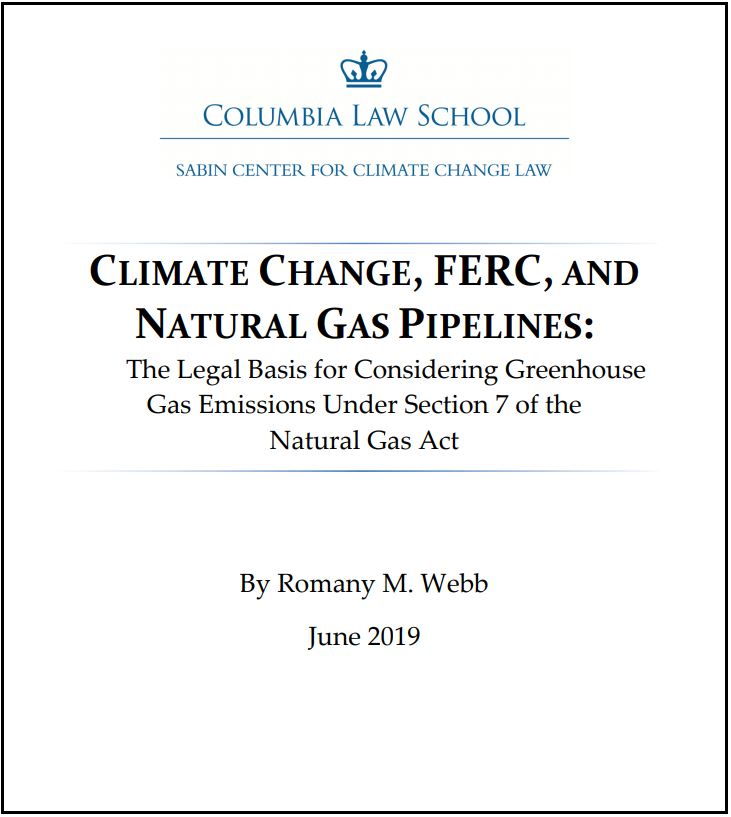by Laura Mulry
Fellow
The national public interest in developing renewable energy projects, expedited by the Obama Administration’s goal of generating 80% of the nation’s electricity from clean energy sources by 2035, is being met with opposition from Native Americans seeking to preserve sites sacred to their cultural heritage, some of which they argue are threatened by the construction of massive solar projects on federal and tribal land.
In the California desert, solar projects and litigation challenging such projects are well underway. Native American groups argue the projects have been fast-tracked for political and economic reasons, in the process violating federal law, and question whether these projects must be located on tribal lands in Southern California where there are significant collections of sacred geoglyphs and other sites inextricably linked to their cultural heritage. If the Department of the Interior (“DOI”) and the Bureau of Land Management (“BLM”) do not adequately address the concerns of Native Americans through the federal consultation and permitting processes, litigation at the final stages of development delays getting the projects built and online, and adds high external costs to developers and the government.
In one high-profile example, on December 15, 2010 the United States District Court for the Southern District of California granted a preliminary injunction to delay the construction of the Imperial Valley Solar project, located near El Centro California. The 709 megawatt project would be located on 6,500 acres of mostly federal land managed by the BLM. It was the first utility-scale solar project authorized on public land, would be the world’s largest solar facility, and has been in development for over five years, with 3 years of permitting work at a cost of over 20 million dollars.
The suit, brought by the Quechan tribe, challenges the BLM’s final approval of Imperial Valley Solar under the Federal Lands Policy and Management Act, the National Historic Preservation Act (“NHPA”), the National Environmental Policy Act (“NEPA”), the Administrative Procedures Act, and the California Desert Conservation Area Land Use Management Plan. In the complaint, the tribe alleges that during the NEPA process, DOI’s Draft Environmental Impact Statement (“EIS”) failed to determine or adequately analyze the historical or cultural significance of the 432 cultural resource sites identified in the EIS, and the resulting impacts on the tribe from destruction of those sites. The complaint also alleged the EIS failed to provide substantive analysis of the cumulative impact to cultural resources of other foreseeable energy developments on California desert lands.
United States District Judge Larry Burns ruled the DOI and the BLM failed to consult sufficiently with the tribe before approving the solar plant. His December 15 order states that Native Americans are entitled to “special consideration” when an agency is fulfilling its consultation requirements for development of a land under NHPA’s Consultation Process. The decision could be very relevant to a number of other controversies over the siting of renewable facilities.
Stimulus Grant Program
Imperial solar was just one of a group of fast-tracked solar projects up for review; a federal stimulus grant covering 30% of projects developers’ costs was set to expire on December 31, 2010. This grant has dramatically affected solar power development over the past year: according to the California Public Utilities Commission, only three new utility-scale solar plants serving California came online in 2009, whereas in 2010 there were more than 40 with contracts or pending contracts with the state’s utilities under development. The California Energy Commission particularly rushed to approve nine concentrating solar thermal projects (licensing what could generate 4,142.5 megawatts if all built) between August and December of 2010 so that project developers could start construction by the year-end, and presumably qualify for grant money.
The Native American group La Cuna de Aztlan Sacred Sites Protection Circle has joined with individuals and environmental groups in a federal lawsuit to block six of the nine solar projects mentioned above. Filed in December, the lawsuit against the DOI accuses the BLM of fast-tracking the solar projects without adequate environmental review and consultation with Native American tribes and seeks a temporary restraining order to avoid irreparable injury to the plaintiffs from the potential destruction of important Native American cultural items and sites, along with the loss of important procedural rights on environmental and land-use matters.
Just before the end of 2010, Congress approved a one-year extension for the grant program. Hopefully this new deadline will allow developers and the DOI to more thoroughly abide by all consultation and approval processes under federal law. However, a one year extension may not be enough and courts may see the same type of litigation at the end of 2011, including from a new generation of power generation projects rushing to meet the new deadline. The federal stimulus grant program revived the clean energy industry for the short-term and averted the industry’s near collapse during a dire economic climate; but short-term incentives fail to give investor’s the certainty they need to make the long-term investments needed for renewable projects. The rise of complaints about rushed approval processes now raises another disadvantage of year-to-year incentive programs: a deterioration of the process for fully and thoroughly considering the impacts of new energy projects.
However, opposition to power infrastructure on federal and tribal lands is not unanimous. In the past decade, many tribes have pursued and benefited from the development of natural resources on tribal lands, with a view towards ecotourism, energy self-sufficiency, education, and economic development. And this may point toward a solution: Patrick Parenteau, an environmental law professor at Vermont Law School’s Natural Resources Law Clinic, has stated, “BLM should be doing more to reach out to the tribes and understand the areas they’re permitting these projects in and what artifacts might be there and what oral traditions exist.” Such projects have generally been successes, and may provide a blueprint for engaging with Native American communities moving forward.
Associate Director and Fellow, Center for Climate Change Law



